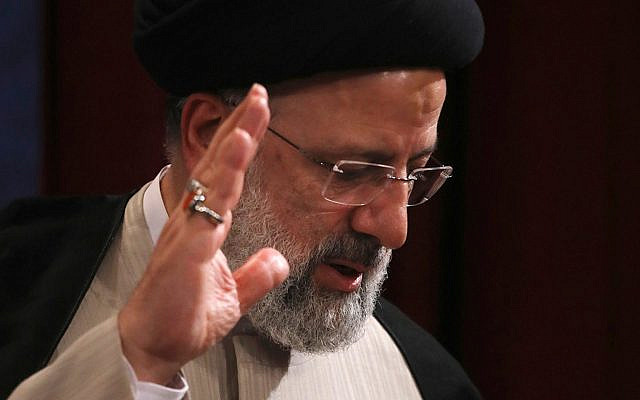U.S. troops describe ‘miraculous’ escape at Iraqi base attacked by Iran
Published on: 2020-01-13
AIN AL-ASAD AIR BASE, Iraq (Reuters) – Troops at the Iraqi air base that bore the brunt of Iran’s first direct missile attack against U.S. forces said they were shocked by its intensity and grateful to emerge unscathed.
The scale of the damage at the Ain al-Asad base showed Iran’s destructive capability at a time when U.S. officials say they are still concerned that Iran-backed groups across the region could wage attacks on the United States.
“It’s miraculous no one was hurt,” Lt Col Staci Coleman, the U.S. air force officer who runs the airfield, told reporters on Monday at the vast base deep in the western Anbar desert in Iraq, where 1,500 Americans were deployed.
“Who thinks they’re going to have ballistic missiles launched at them … and suffer no casualties?”
The Jan. 8 attack came hours after U.S. Defense Secretary Mark Esper said the United States should expect retaliation over the U.S. killing of Iranian military commander Qassem Soleimani in a drone strike in Iraq the previous week.
The killing raised fears of a new Middle East war, but the United States, Iraq and other countries with troops at the base said no one was hurt. U.S. military leaders have said that was thanks to commanders on the ground, not Tehran’s goodwill.
At one site, a cruise missile had left a large crater and incinerated living quarters made from shipping containers.
Heavy concrete blast walls were knocked over and the shipping containers were smashed and charred along with contents including bicycles, chairs and other furniture. Several soldiers said one of their number had come very close to being blown up inside a shelter behind the blast walls.
Almost a dozen missiles hit the air base, where U.S. forces carried out “scatter plans” to move soldiers and equipment to a range of fortified areas apart from one another.
The United States did not have Patriot air defenses at the base, putting the onus on local commanders to protect their troops.
“We’d got notification there could be an attack a few hours prior so had moved equipment,” said U.S. Staff Sergeant Tommie Caldwell.
For a graphic on Iran targets U.S. forces, click here
U.S. soldiers are seen at the site where an Iranian missile hit at Ain al-Asad air base in Anbar province, Iraq January 13, 2020. REUTERS/John Davison
‘IT’S LIKE TERROR’
Lt Col Coleman said that by 10pm all the staff she manages were ready to take cover. “People took this very seriously,” she said.
Three and a half hours later the missiles started arriving. Several soldiers said they continued for two hours.
Staff Sgt Armando Martinez, who had been out in the open to watch for casualties, said he could not believe how easily one missile leveled the concrete blast walls.
“When a rocket strikes that’s one thing; but a ballistic missile, it’s like terror,” he said.
“You see a white light like a shooting star and then a few seconds later it lands and explodes. The other day, after the attack, one colleague saw an actual shooting star and panicked.”
One missile landed on the tarmac of a parking and servicing area for Blackhawk helicopters helping to ferry equipment in the fight against Islamic State insurgents.
The helicopters had been moved but it destroyed two light hangars and badly damaged portacabins nearby.
“We must have been in the bunkers for more than five hours, maybe seven or eight,” said Kenneth Goodwin, Master Sgt in the U.S. Air Force. “They knew what they were aiming at by targeting the airfield and parking area.”
It was the latest strike against an air base that has figured prominently in high-ranking U.S. officials’ visits to Iraq.
“After these missile attacks, when we hear of possible militia rocket attacks, we tend to think, ‘Oh only rockets … that’s a change’,” Coleman said, describing the common feeling when the missile attacks were over as “sheer relief”.
On Sunday the Iraqi military said four people had been wounded in an attack on Balad air base in northern Iraq, which also houses U.S. personnel. Military sources identified the wounded as Iraqi soldiers.
Graphic: Iran fires missiles at U.S. forces in Iraq – here
Reporting by John Davison; Writing by Philippa Fletcher; Editing by David Goodman











